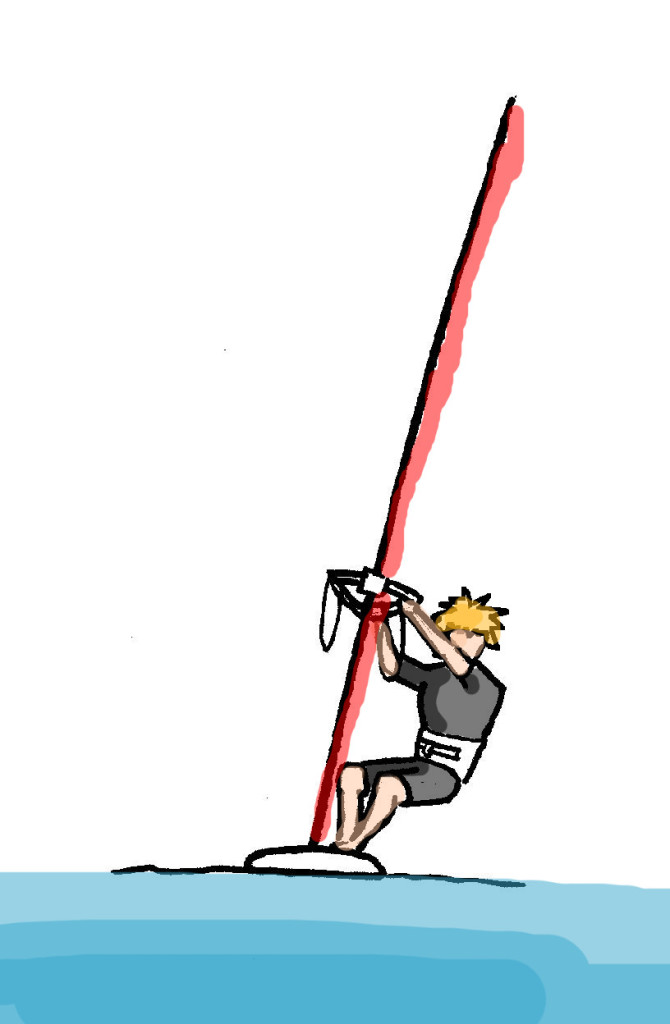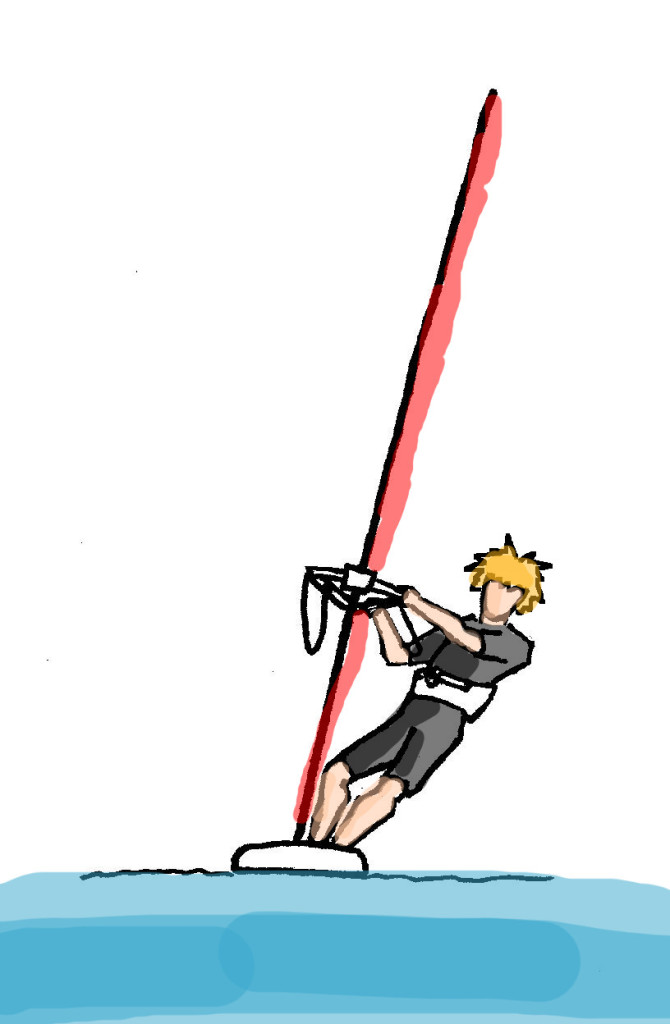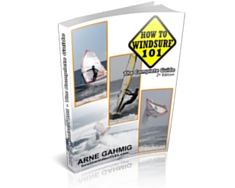Pumping in windsurfing is a technique that is not really talked about much. Many people do it intuitively, others can’t seem to get the hang of it, and the rest have no idea how to explain it properly. I was only made aware of this recently and noticed that even in the vastness of the internet there is not much information on pumping. So here goes:
I like to break pumping down into four types as the techniques varies on the wind available to us and the purpose of pumping.
Pumping in near zero wind
In my post on how to get back if the wind drops, I describe how to move the sail in a way that pushes the mass of air to the stern, thereby pushing the board forwards. Then moving the sail forwards with the sail surface in line of movement to reduce the surface causing drag
Pumping in low winds
Now we get into a different type of pumping. Since we now have a little bit of wind, we no longer have to generate our movement by shovelling air (I don’t know how else to put it) but can use the little wind we have to push the board forward. In essence, all we have to do is position the board onto a broad reach (to have the maximum sail surface available to the wind and so that we can push the board with the wind), keep the sail as vertical as possible, move our hips back and push them forward by sheeting in. The idea is to get a burst of power in the sail and push that power into the board horizontally.
Since the wind is not that strong, the board will not plane as it won’t get lifted out of the water. On the off chance that we do manage to generate enough power and transfer it horizontally so much that we lift out of the water, we will not be able to maintain the plane as the actual wind (including the relative wind generated by our forwards movement) is not enough to keep it over the water. This means that we will have to keep pumping to maintain the extra speed.
Pumping to get planing
In this case there is just enough wind to plane. I describe the leisurely way to start planing in this article. However, you might be in a race, have to get back to the shore quickly or need to catch up with someone. For these cases you want to know how to pump to get on the plane quickly.
The technique is just like described before but with the difference that we only have to pump 3 to 4 times (if done effectively) until we have generated enough speed that we are barely planing and can use the additional relative wind as propulsion by sheeting in. If the wind is not strong enough it can happen that the friction of the board slows us down again, meaning that our plane is short lived and we will have to start pumping again to maintain or regain the speed.
On other occasions what happens is that some people pump until getting onto a plane but then not stop pumping, thereby killing their plane. Once you have managed to get the board out of the water, use the physics of the sail to maintain the plane.
Pumping to remain planing
In gusty winds we will sail into lulls from time to time. It is really frustrating to run out of speed and sink back into the water again. Sometimes it is more energy efficient to use our relative wind (the one from our movement) to pump ourselves over the water a few times to last on the plane for a few more metres (or seconds) which sometimes is enough until the wind or next gust returns.
Essentially we want to sheet in in bursts while we bear away to stay on on the plane. We will still be leaning back but only to bring our hips down to push forwards with the waist as horizontally as possible. It is important to male sure not to put our weight down on the back foot as this will sink the back of the board, cause more drag and slow us down to a standstill and kill our efforts of pumping in the first place.








Thank you for your precious information!
From a 70 years old windsurfer.
that sail looks like a monster to the kid & no harness